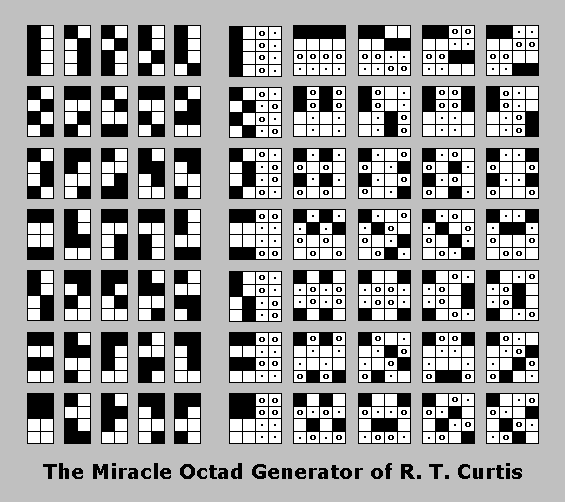
See also a more accurate AI report from January 9, 2025 —
Grok 2 on the MOG and the Klein Correspondence:
HTML version, with corrections, of the above 9 January Grok 2 report —
|
Grok 2: Klein Correspondence and MOG, 9 Jan. 2025 . . . The Klein correspondence is closely related to the Miracle Octad Generator (MOG) through the mathematical structure they both engage with, particularly in the context of finite geometry and combinatorics.
Klein Correspondence: This refers to a mathematical framework that establishes a correspondence between Miracle Octad Generator (MOG): Introduced by R.T. Curtis, the MOG is a tool used in the study of the Mathieu group M24, the binary Golay code, and related structures like the Steiner system S(5,8,24). It consists of a 4×6 array where the positions are used to construct octads (sets of 8 elements) from given sets of 5 elements, reflecting the structure of the Steiner system. Relation Between Klein Correspondence and MOG:
Thus, the Klein correspondence serves as a foundational link that allows the MOG to operate by translating combinatorial problems into geometric ones, facilitating the study of complex mathematical structures like the Mathieu groups and Steiner systems. * Correction: Should be "a correspondence between points in a five-dimensional projective space and lines in a three-dimensional projective space." |
Update of ca. 9 AM ET Monday, Feb. 10, 2024 —
Neither AI report above mentions the Cullinane model of the five-
dimensional projective space PG(5,2) as a brick space — a space
whose points are the 2×4 bricks used in thte MOG. This is
understandable, as the notion of using bricks to model both PG(5,2)
and PG(3,2) has appeared so far only in this journal. See an
illustration from New Year's Eve . . . Dec. 31, 2024 —


